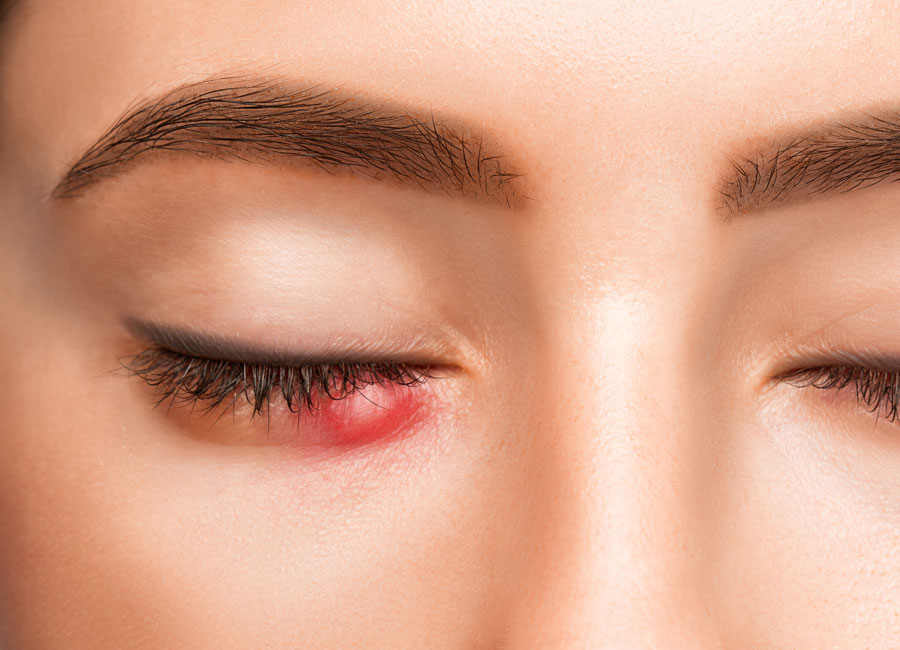What is Excision for Single Eye Medium to Large Area
Xanthelasma excision is a surgical procedure to remove yellowish cholesterol deposits that form around the eyelids.
These deposits are typically harmless but can cause cosmetic concerns and, in some cases, interfere with vision.
Excision is a precise method to eliminate medium to large xanthelasma deposits from a single eye, improving appearance and preventing recurrence.
Things you should know before the treatment
- A consultation with a specialist is required to assess the size and depth of the xanthelasma.
- Local anesthesia is used to numb the area and ensure a comfortable procedure.
- Patients should avoid blood-thinning medications (such as aspirin or ibuprofen) before the procedure, as advised by the doctor.
- Mild swelling, redness, or bruising around the eye area may occur post-procedure but typically subsides within a few days.
- Proper post-procedure care is necessary to reduce the risk of scarring and promote smooth healing.
What happens during the treatment
- The treatment area is cleansed, and local anesthesia is administered for comfort.
- A precise surgical technique is used to excise the xanthelasma while minimizing trauma to surrounding skin.
- Fine sutures may be placed to close the incision, depending on the size of the removed lesion.
- A protective dressing may be applied to aid healing and prevent infection.
- The procedure typically takes 30-60 minutes, depending on the complexity.
Recovery and results: What to expect
- Mild swelling, bruising, or discomfort may occur for a few days post-procedure.
- Patients should avoid rubbing or applying pressure to the treated area.
- Keeping the area clean and applying prescribed ointments can aid healing and reduce scarring.
- Most patients see full recovery within 1-2 weeks, with improved skin appearance.
- A follow-up appointment may be required to check healing progress and remove sutures if necessary.
- Maintaining a healthy diet and managing cholesterol levels can help reduce the risk of recurrence.
